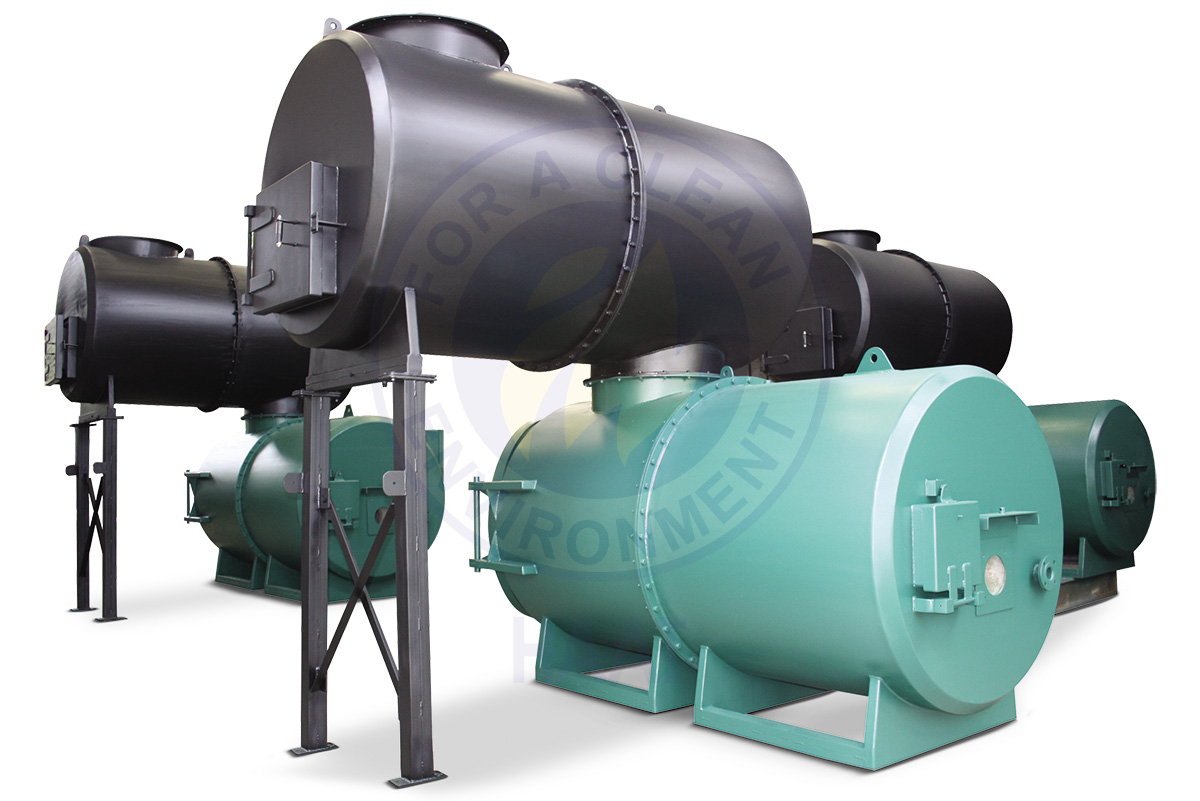Ammunition wastes present both immediate and long term public safety environmental concerns.
In the case of rejects of ammun...
Ammunition wastes present both immediate and long term public safety environmental concerns.
In the case of rejects of ammunitions used for small arms there are quality rejects such as caps and detonators which contain explosive materials. In order that these do not fall into the wrong hands, these are disposed of by incineration. While burning the explosive content in the ammunition, it leads to easy detonation or deflagration resulting in small explosions inside the burning chamber. This has to be taken into account while designing the system as it can have a damaging effect on the chamber lining. For this reason, a special refractory lining has to be considered and designed to make incinerator last long.
Secondly, incinerating the explosive content of these ammunition wastes do not call for high temperature in the chamber. The explosives detonate at much lower
Thirdly, loading of the waste has to be done in such a way that the explosives do not detonate outside the system, i.e. these should not detonate in the cupola or hopper before entering the chamber. For this reason, a double flap loading system has to be provided.
Depending on the emissions required, suitable pollution control systems can be fixed downstream of the incinerator.
Haat has supplied a number of ammunition incinerators, model AMR to manufacturers of small arms within India and have had a good success rate in the performance of these machines.
The AMR model has also been supplied / proposed for wastes found in explosively activated life safety systems such as automotive airbags, seat belt pre-tensioners, ballistic parachute systems, etc. It has also been used for the disposal of marine flares.
“Haat has successfully delivered solid & aqueous waste incinerator package as per our expectations wrt HSE and Quality.” – Chairman, Director, SABIC Research & Technology.



